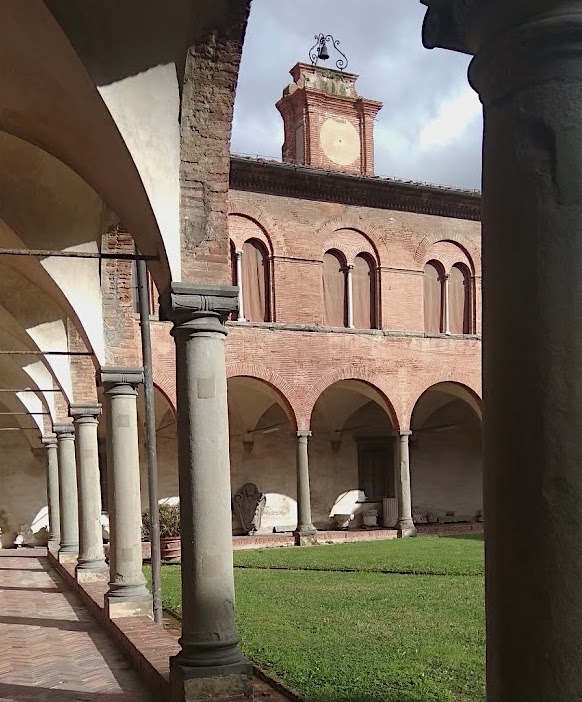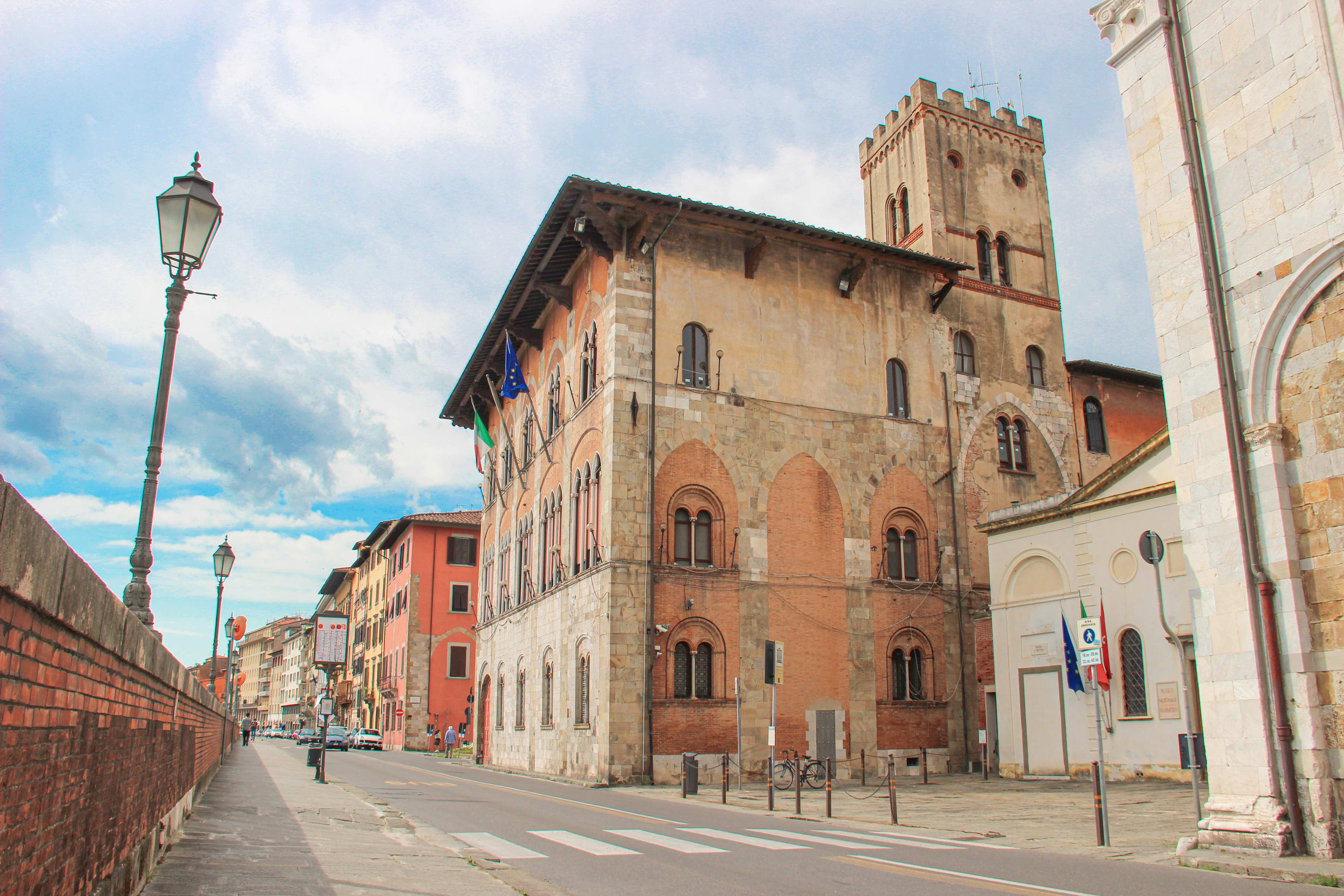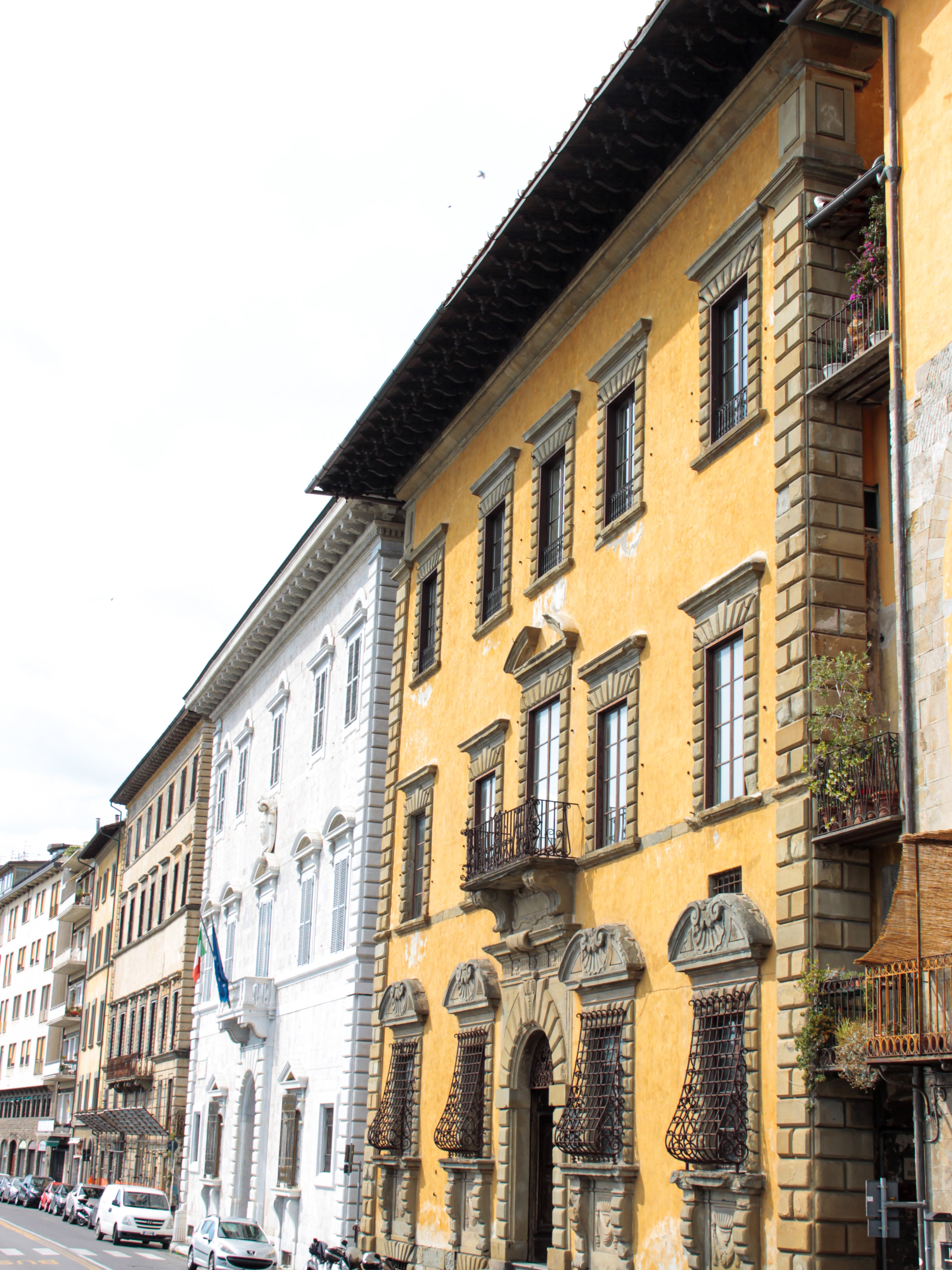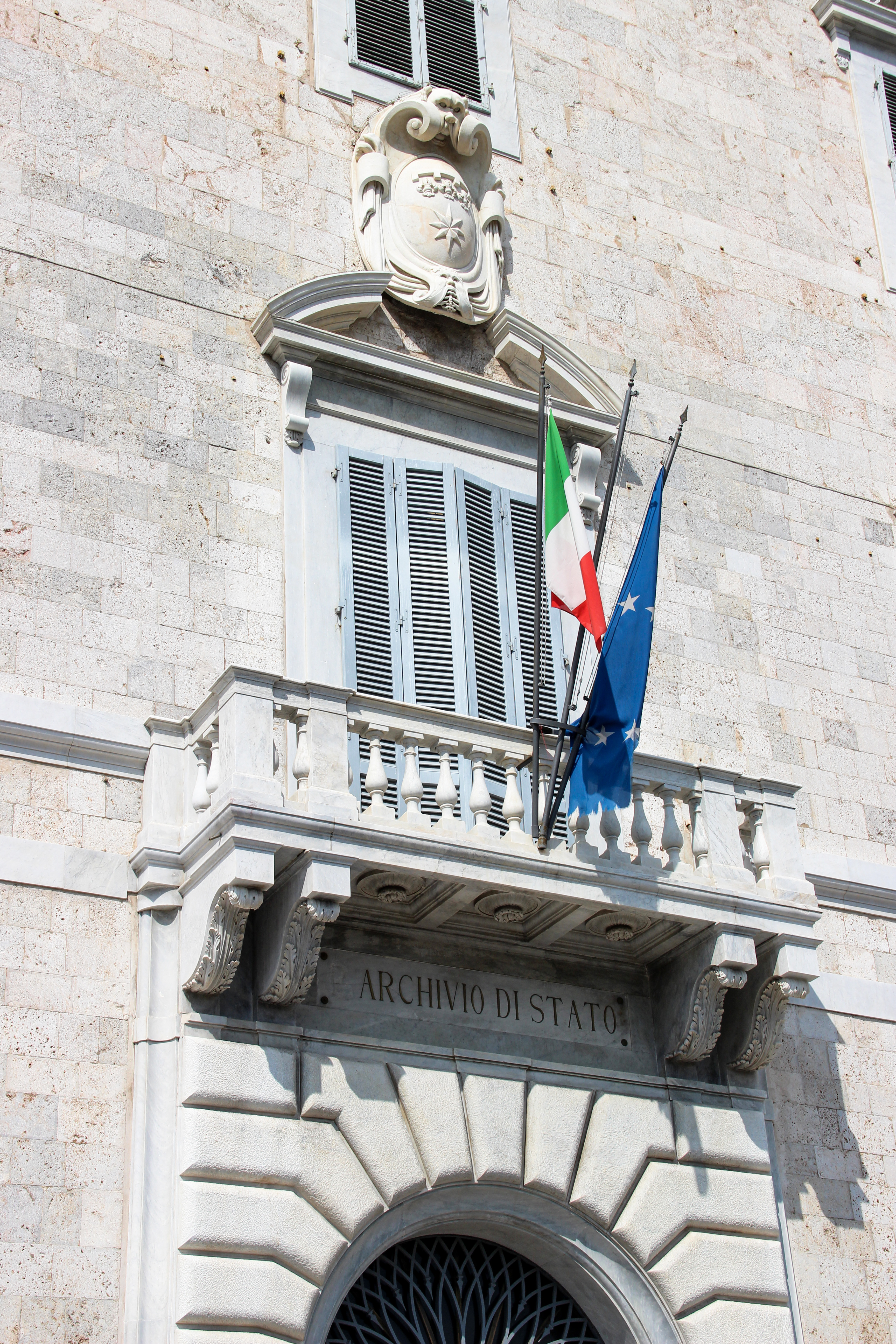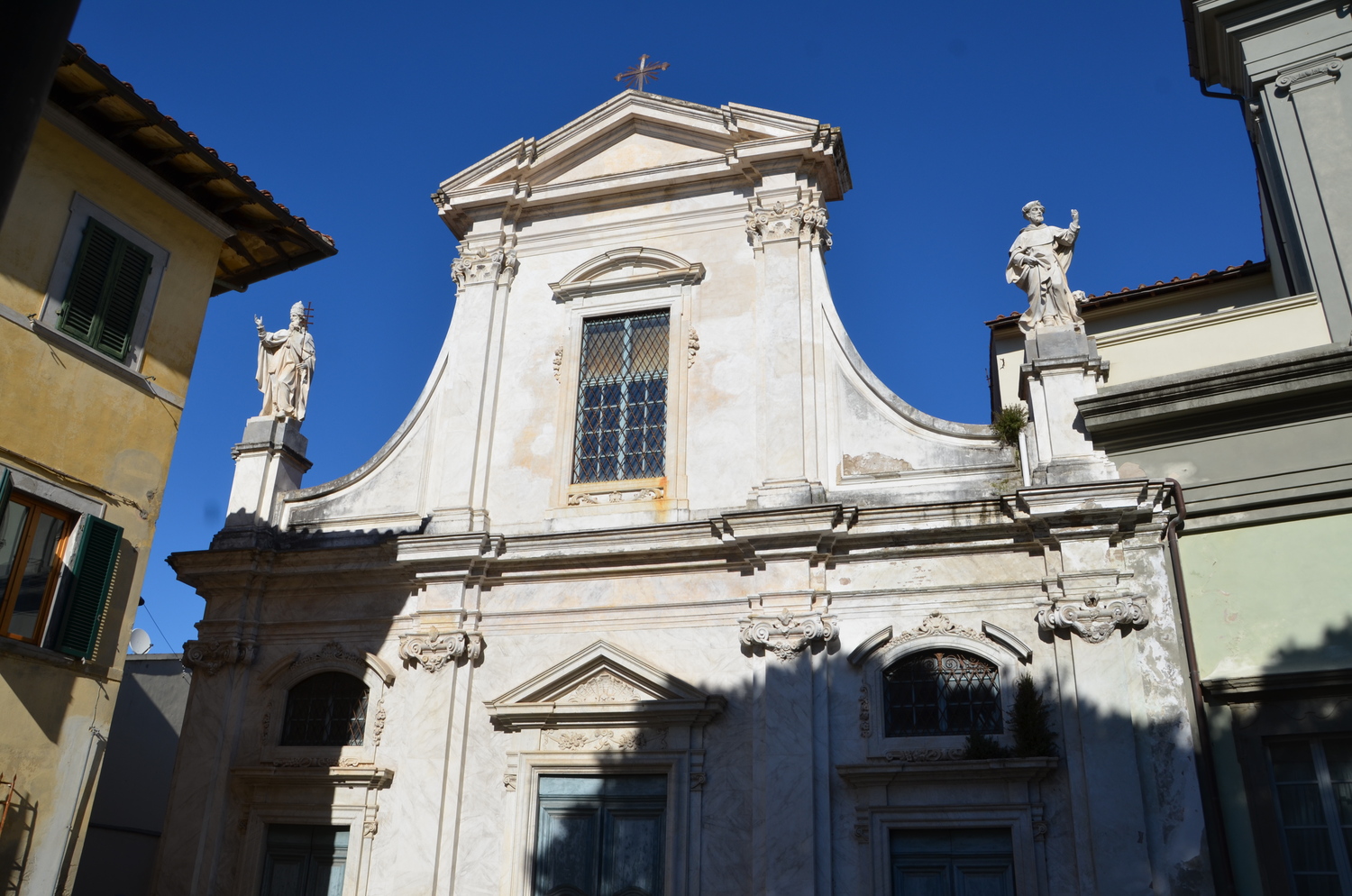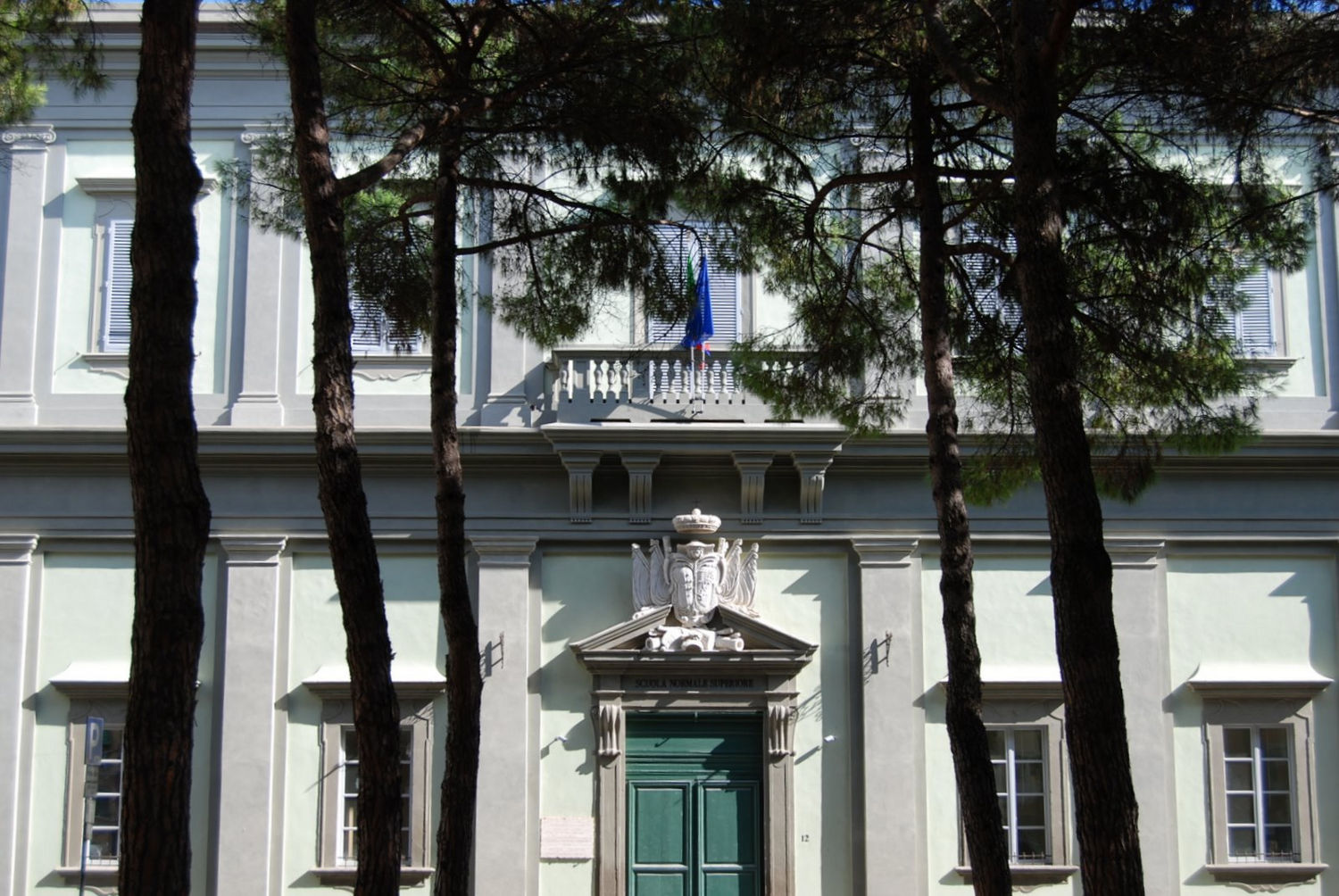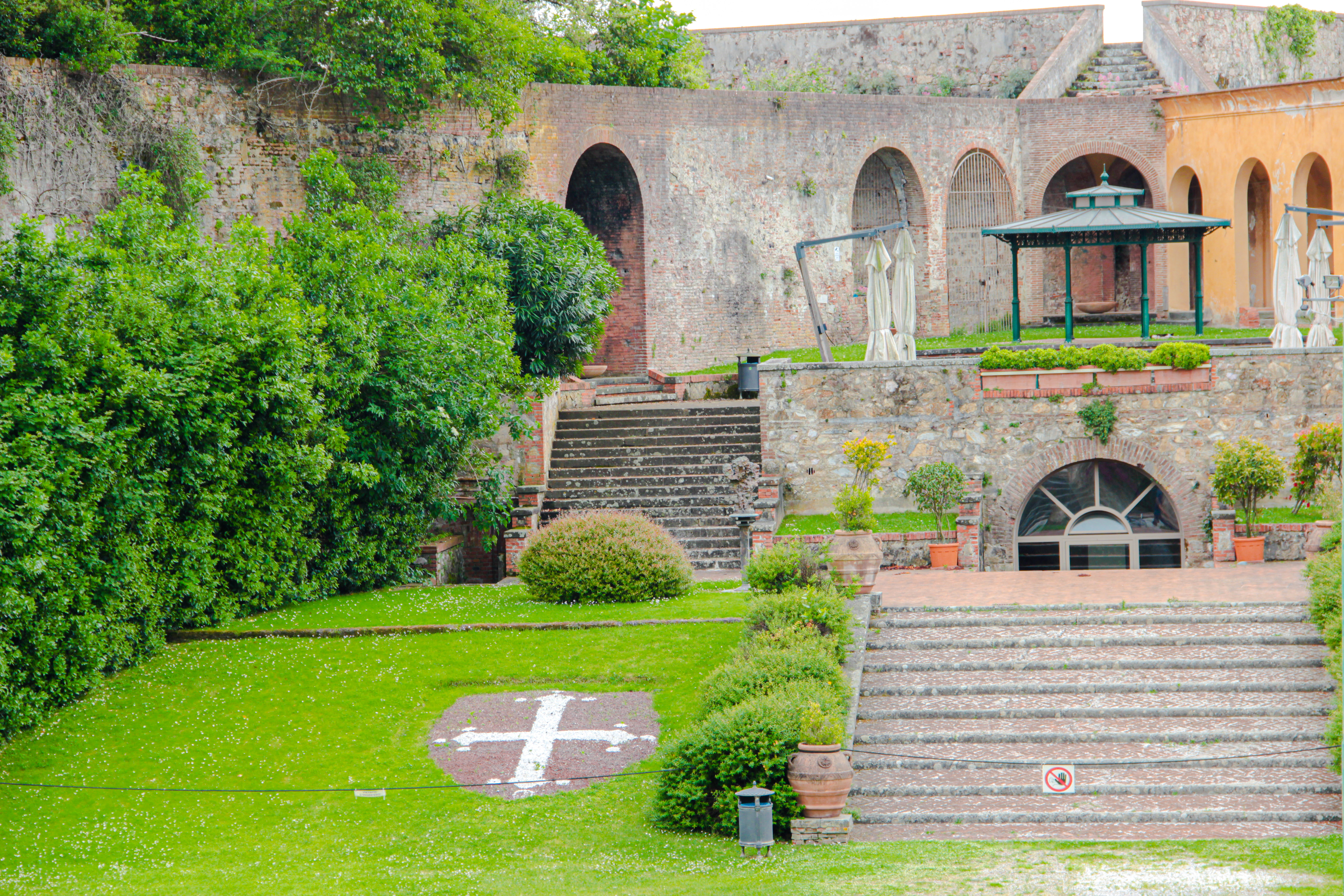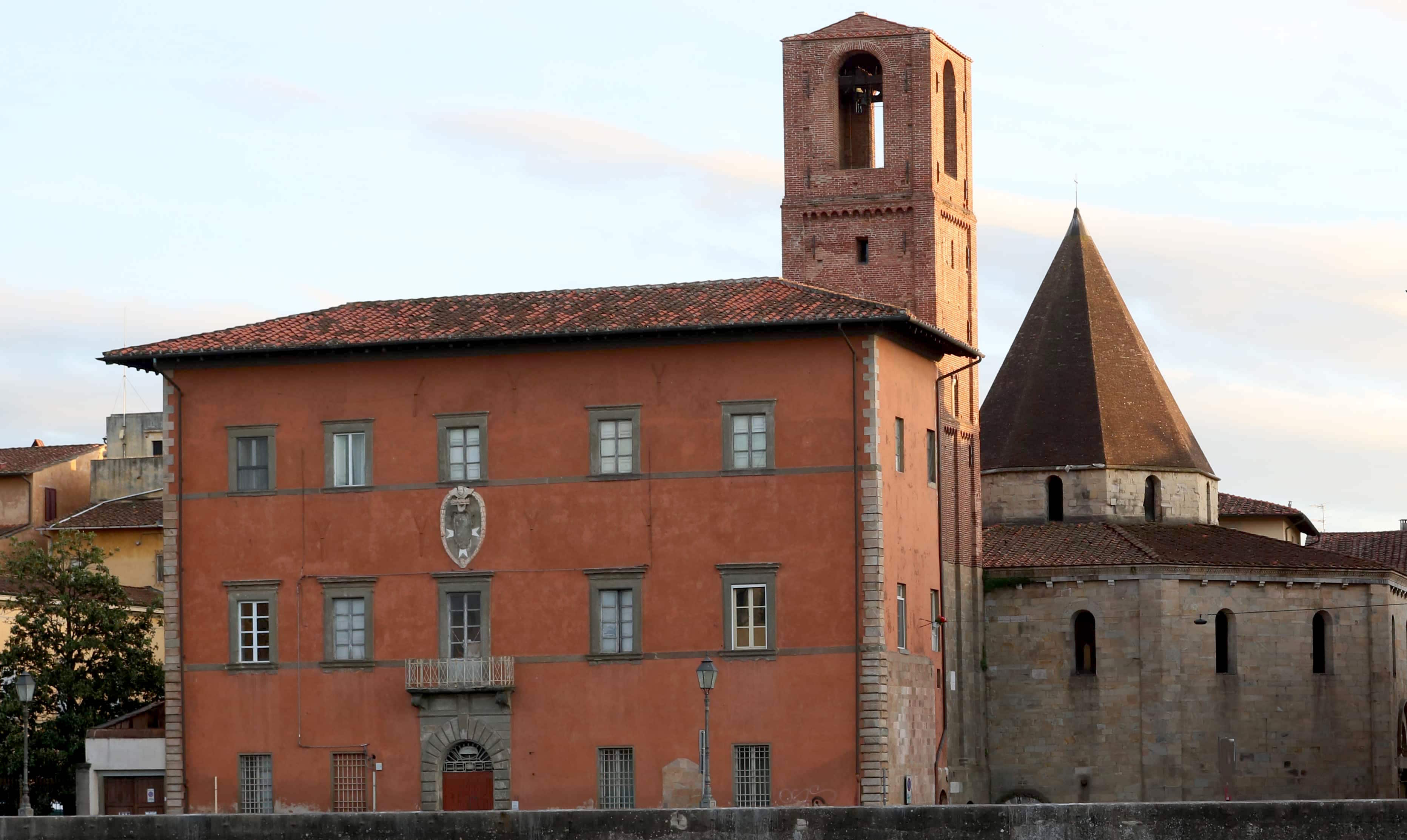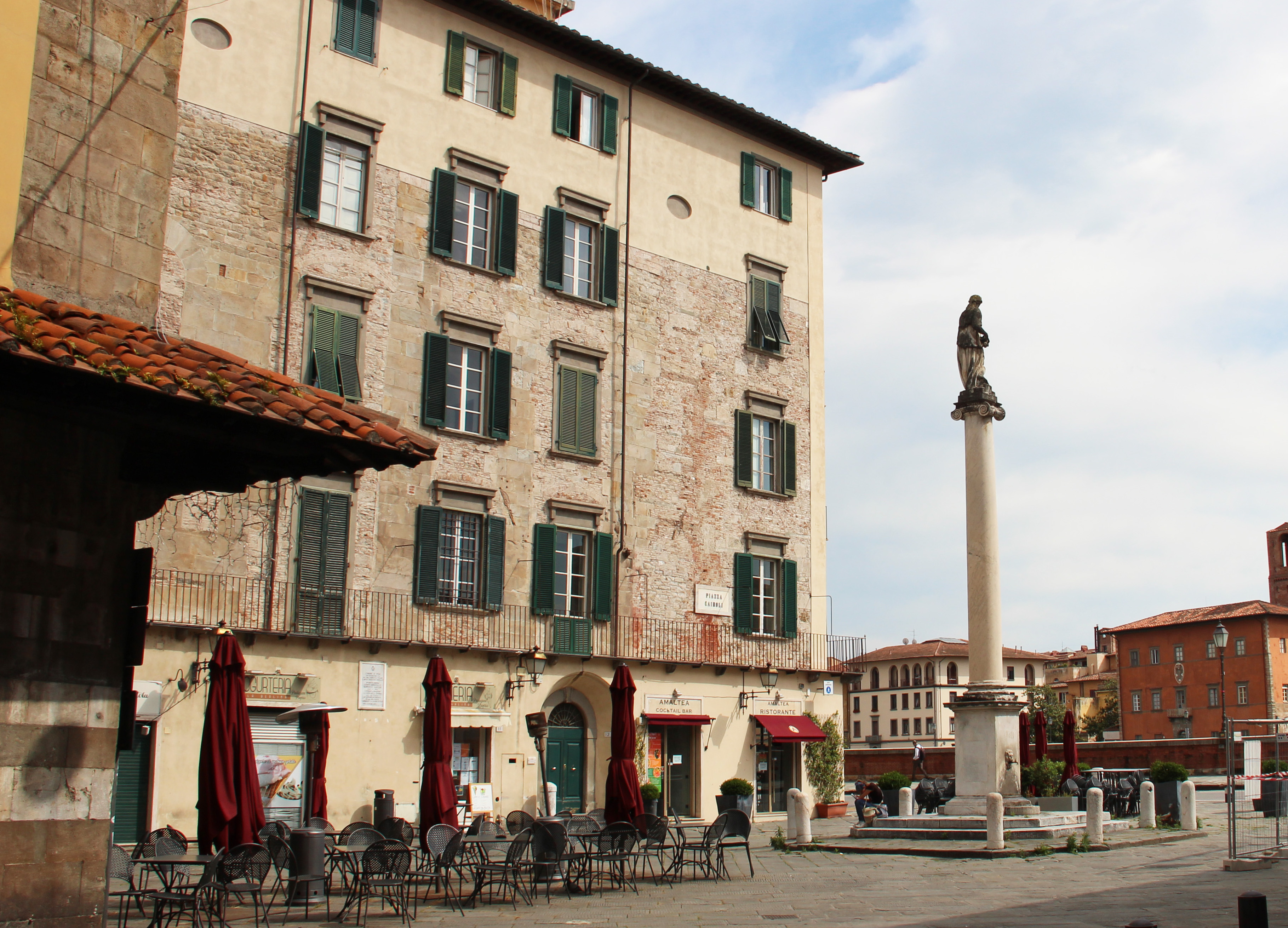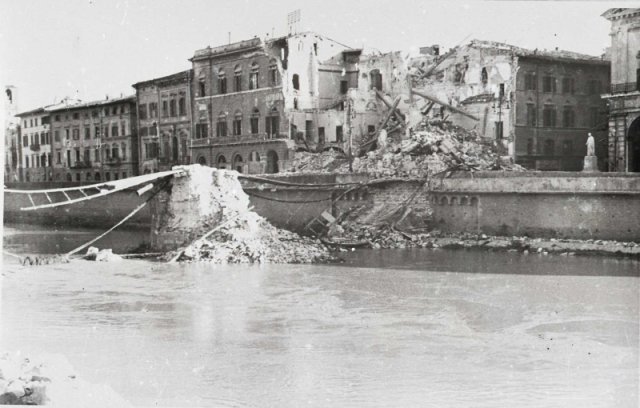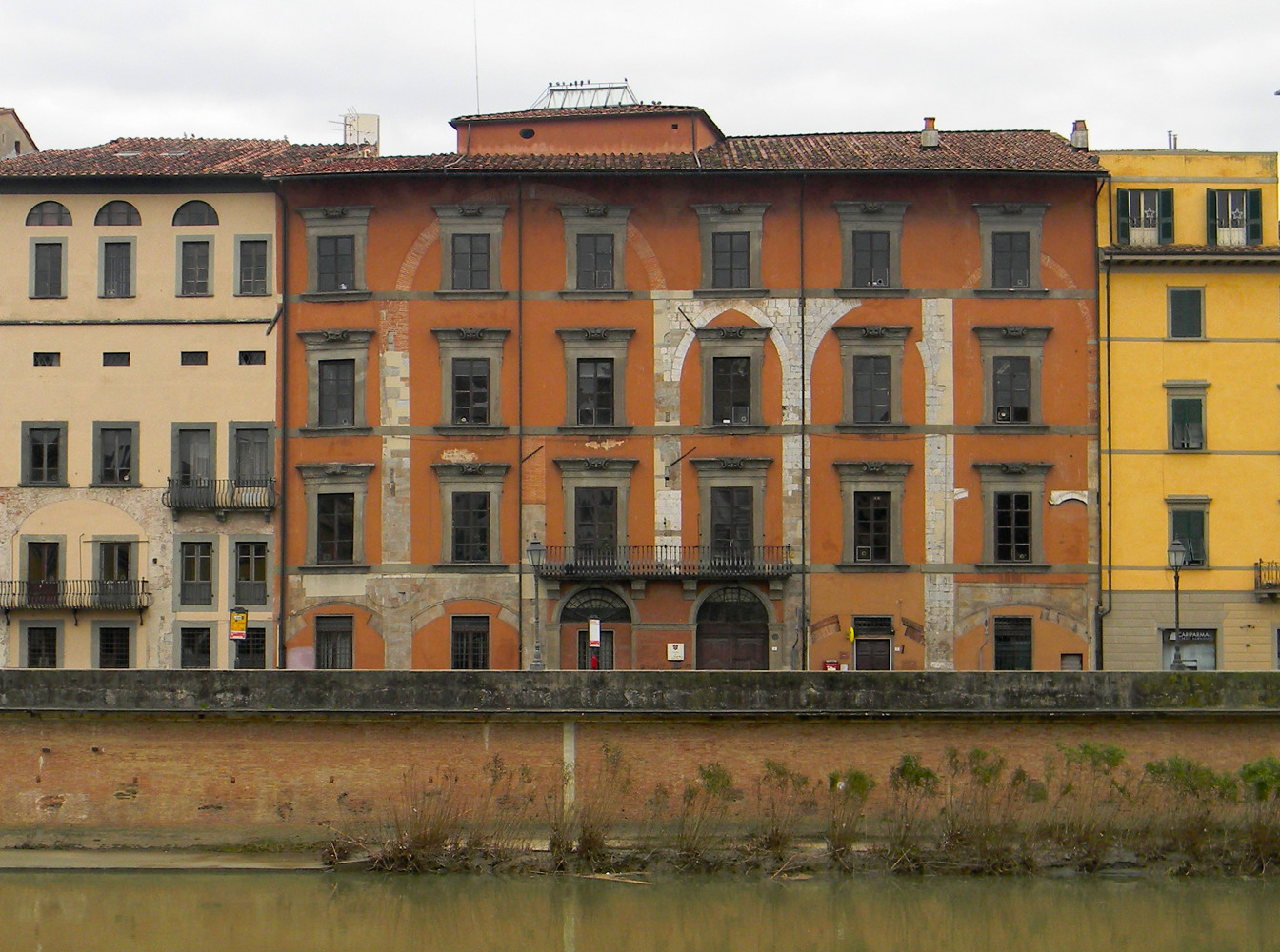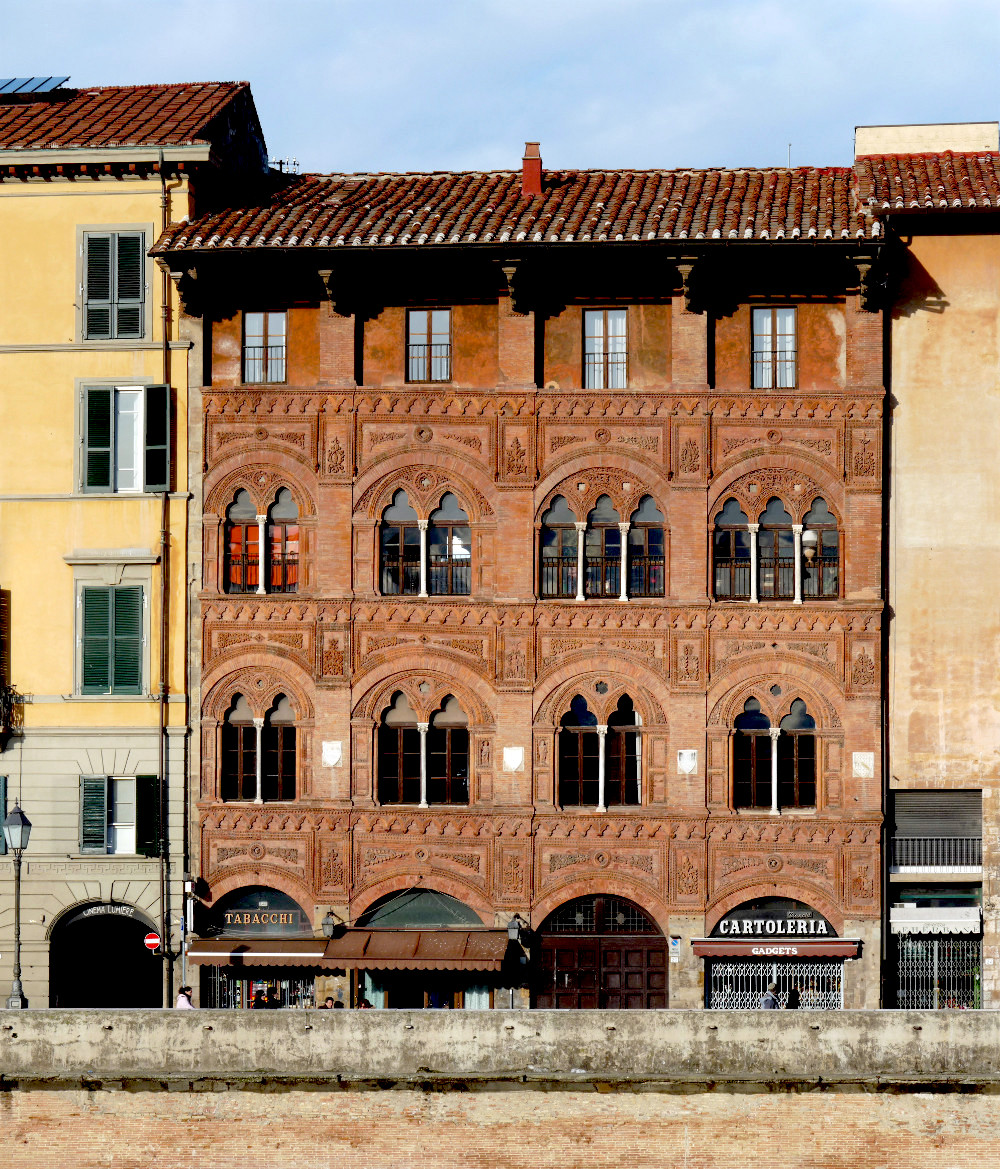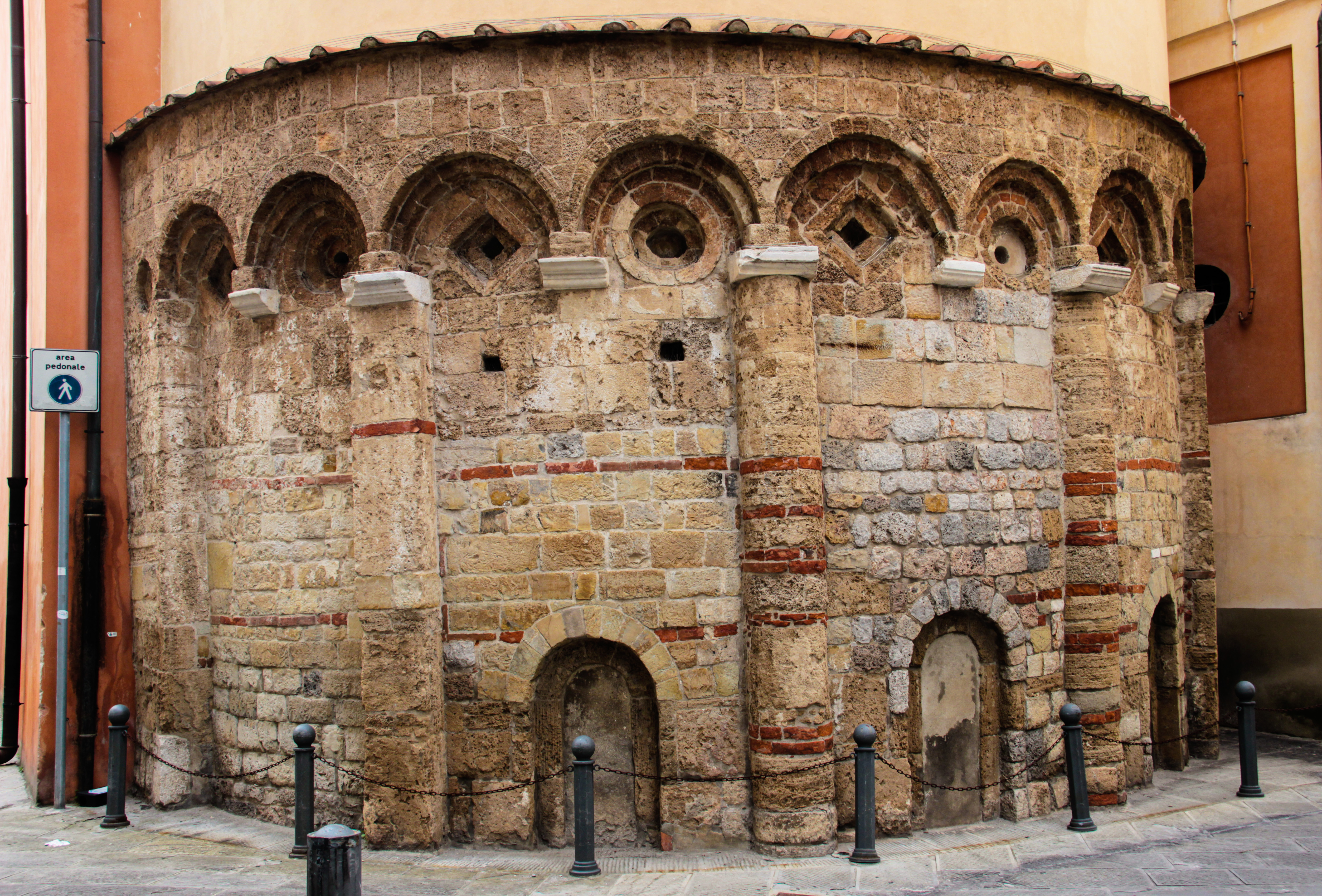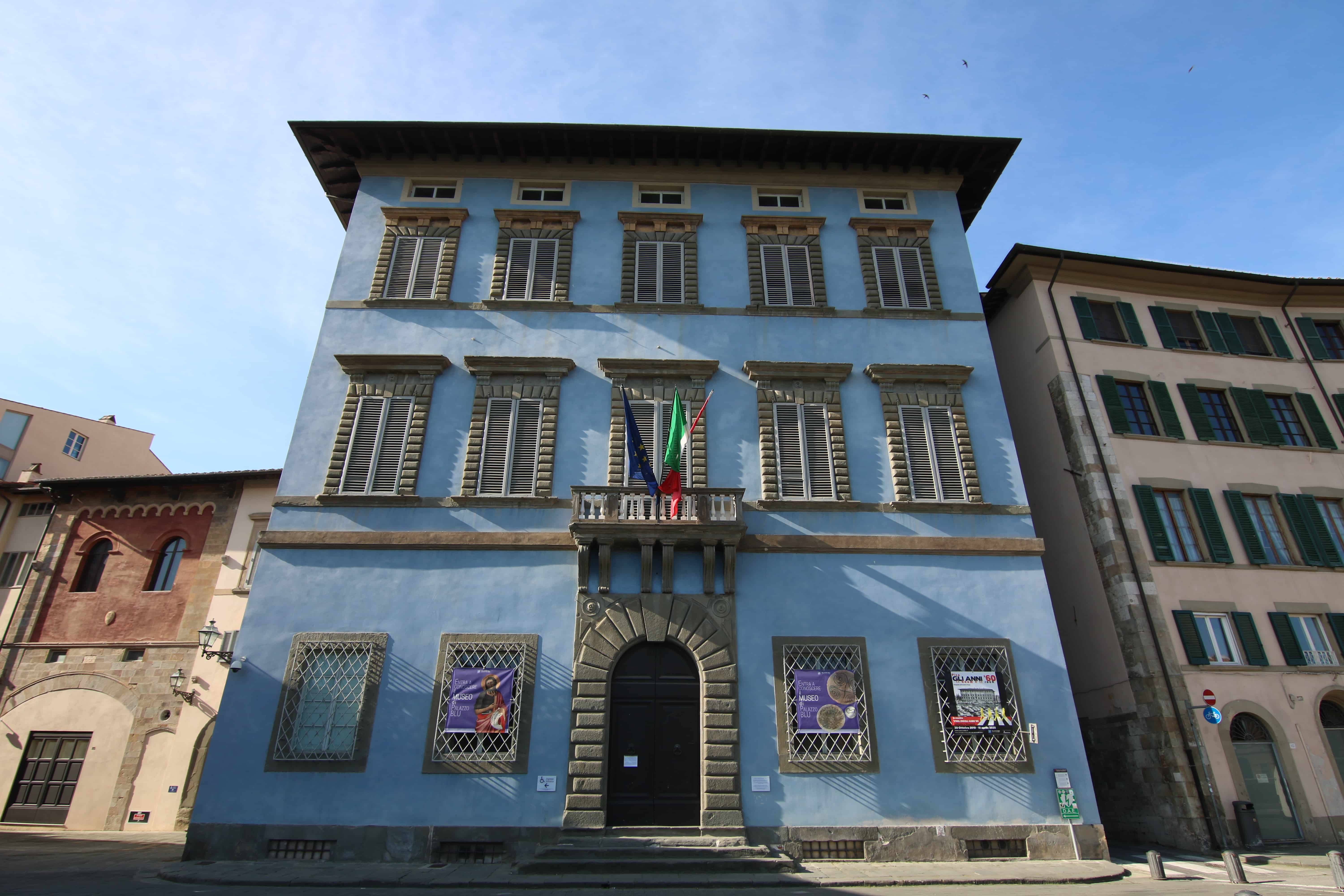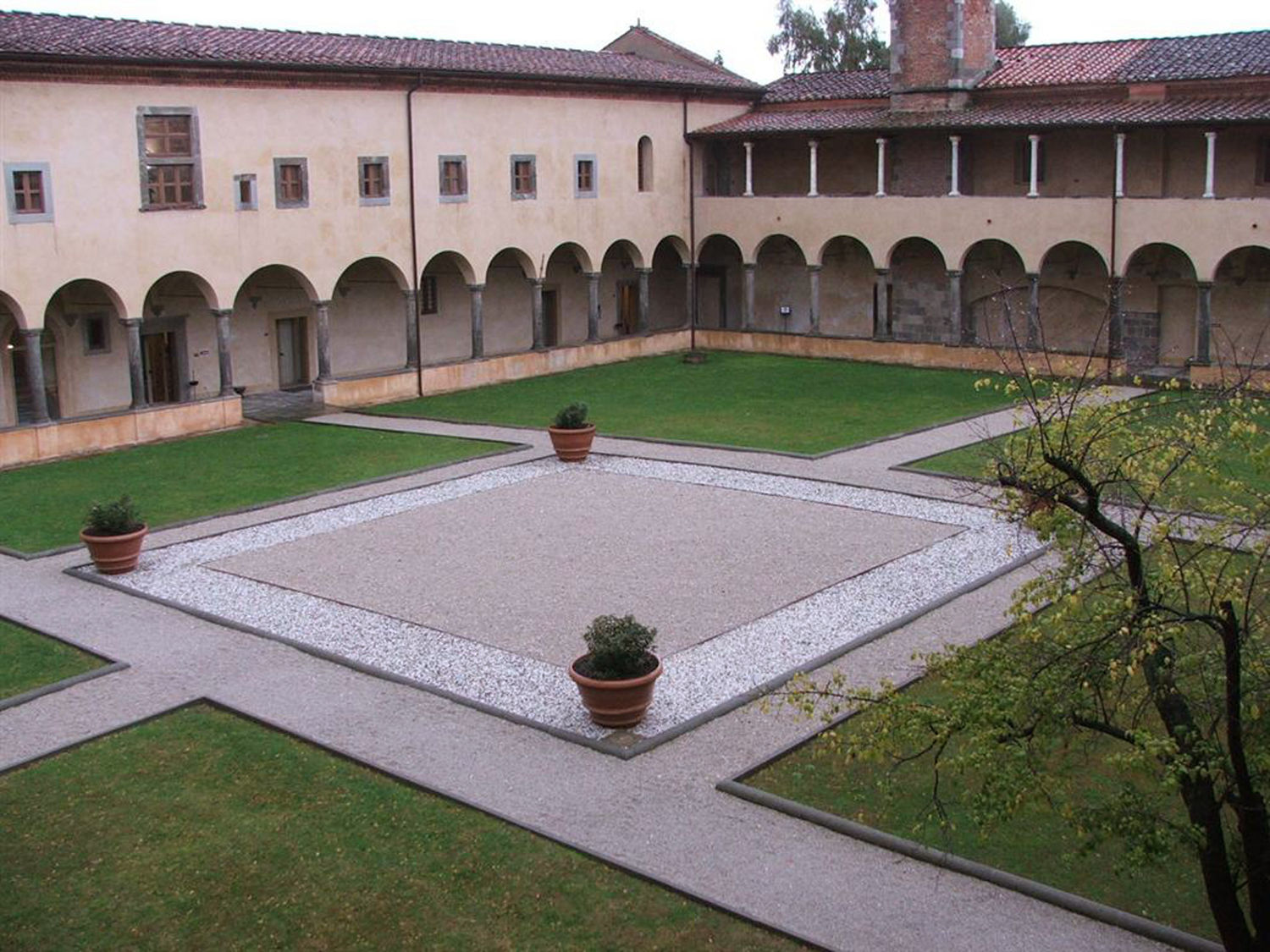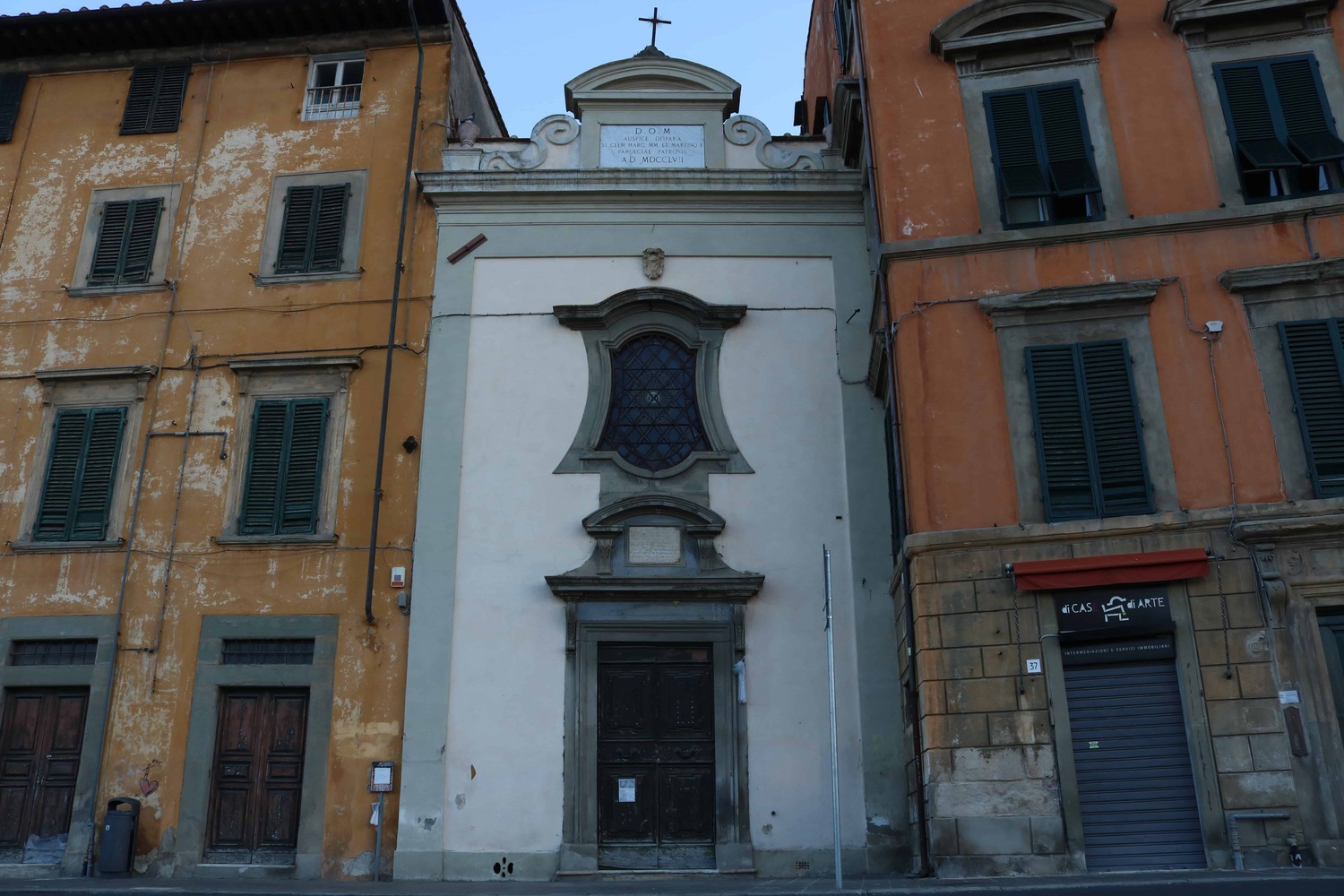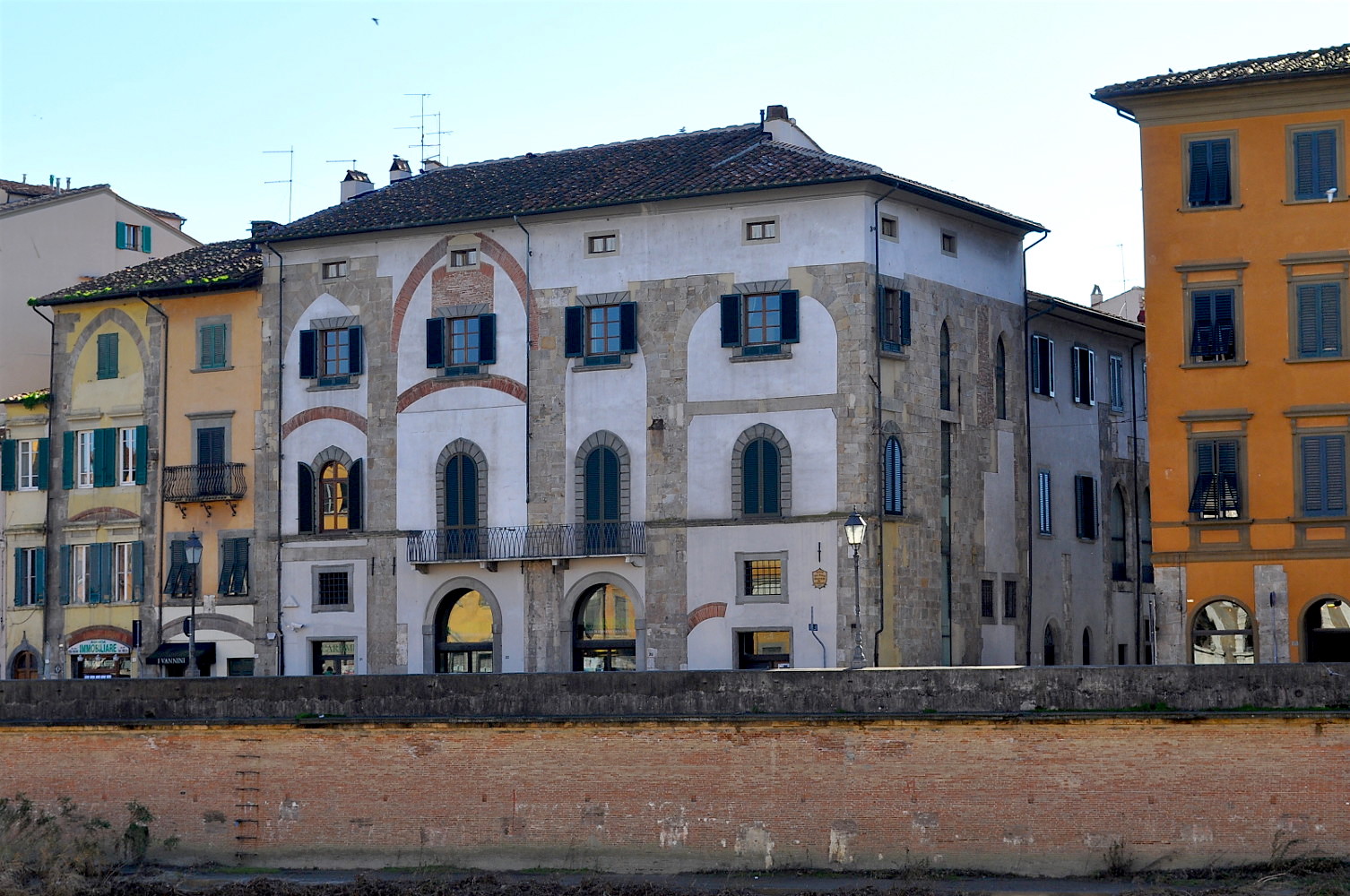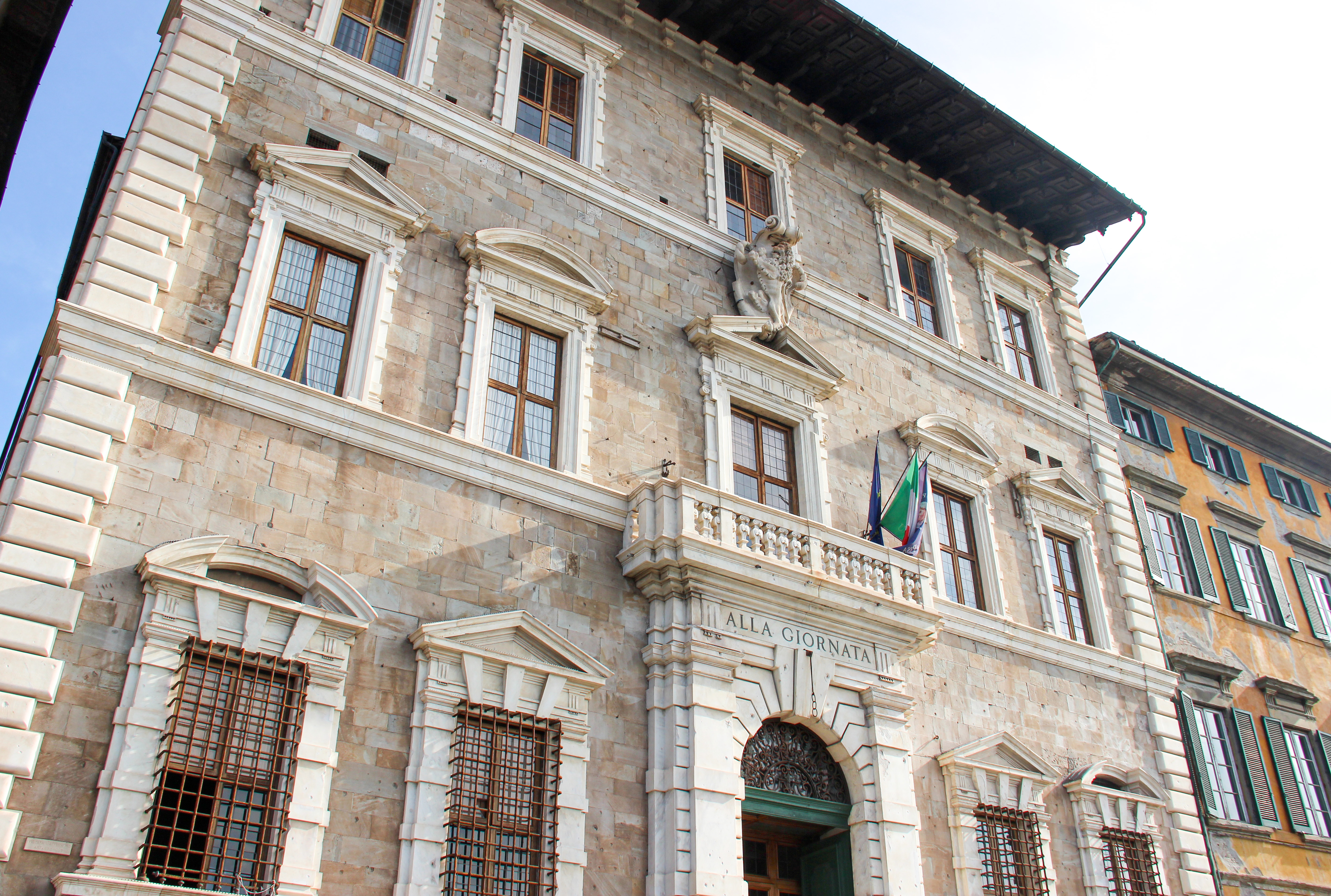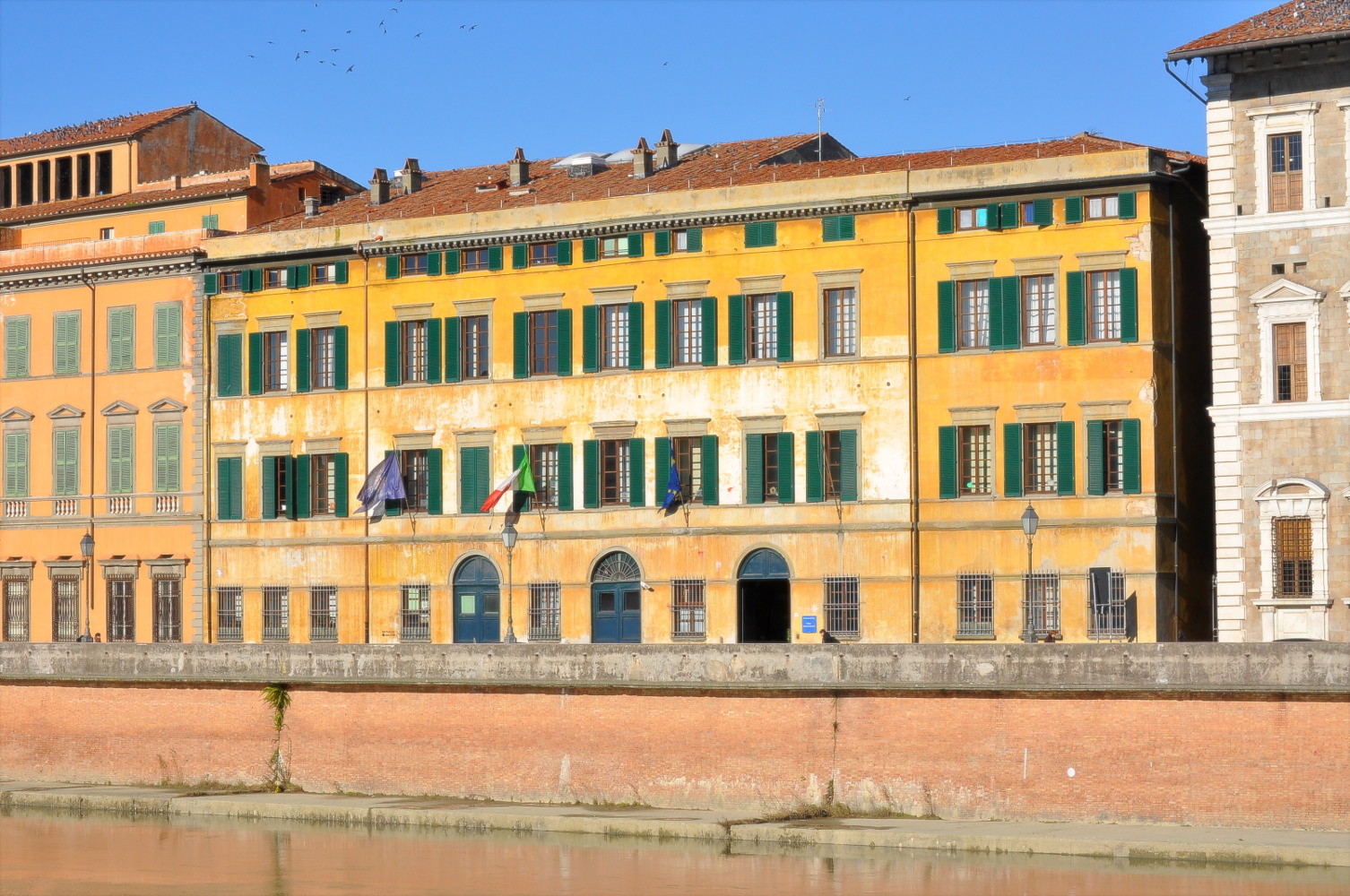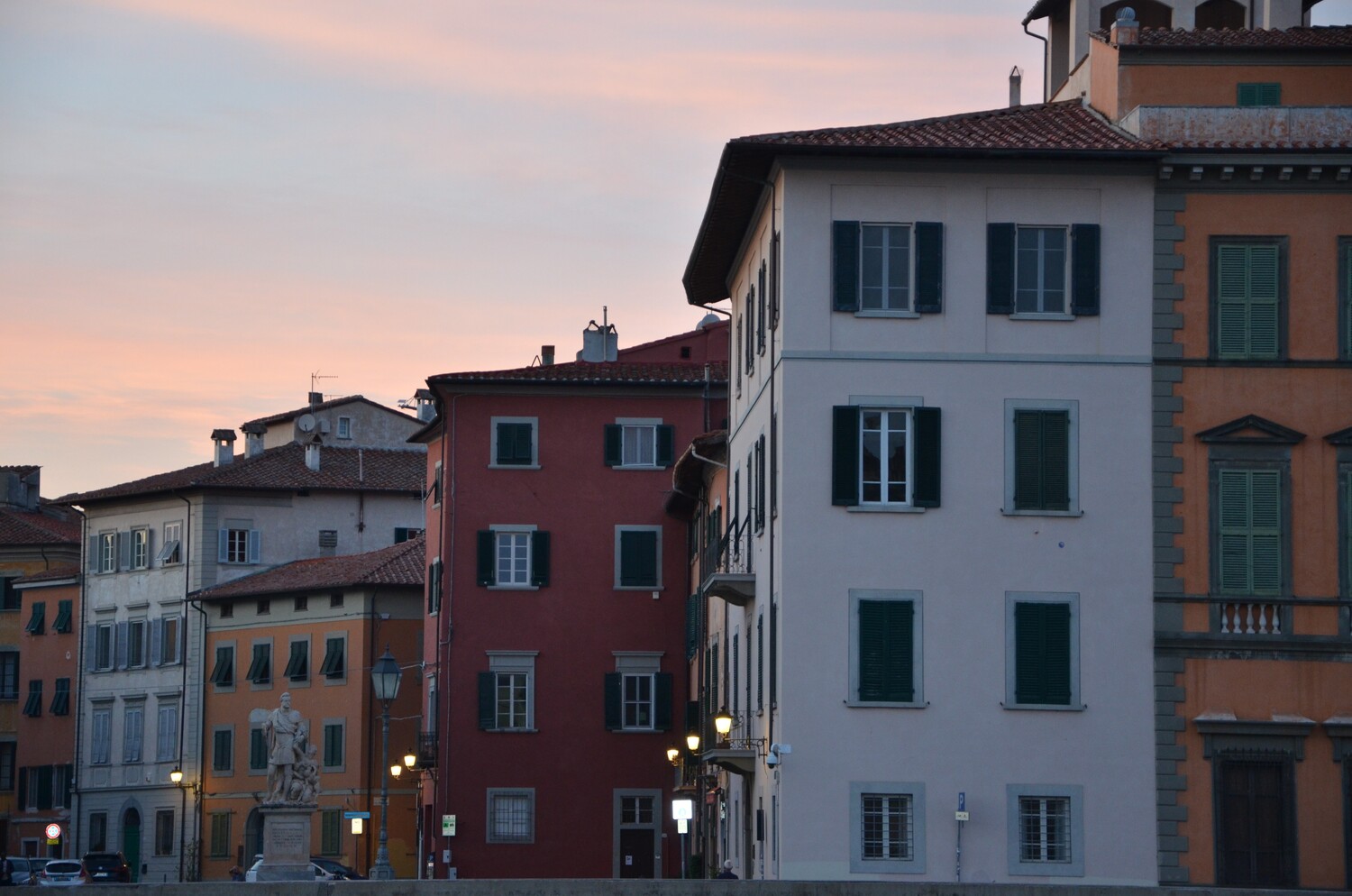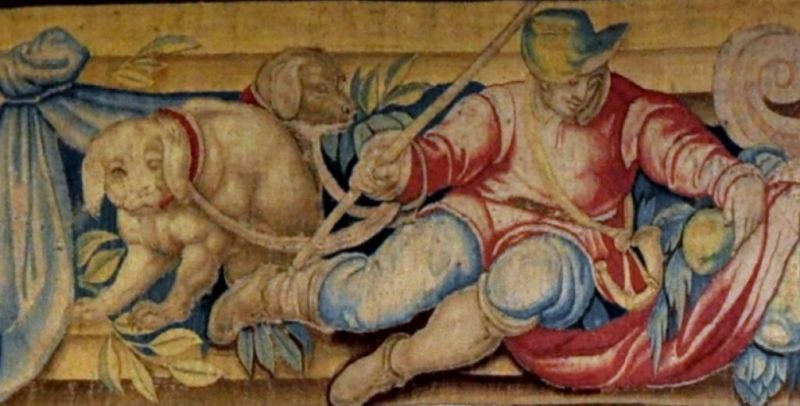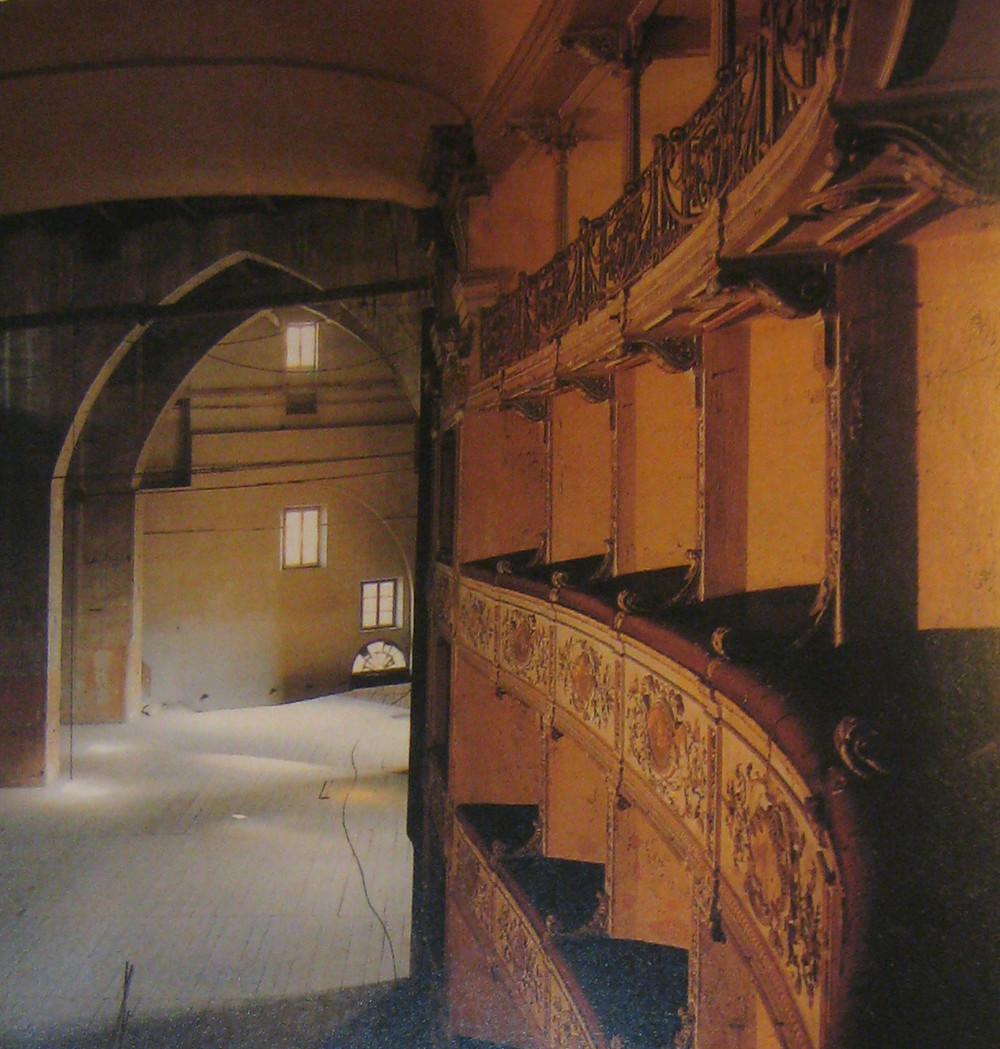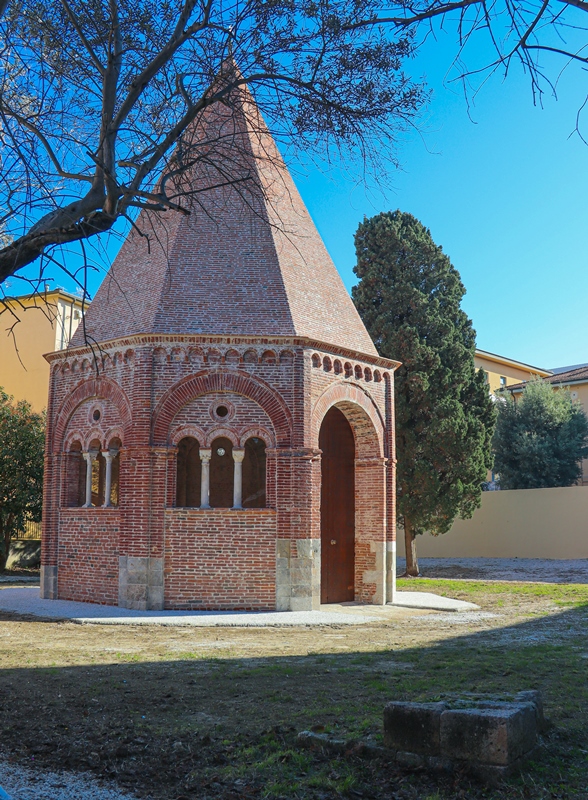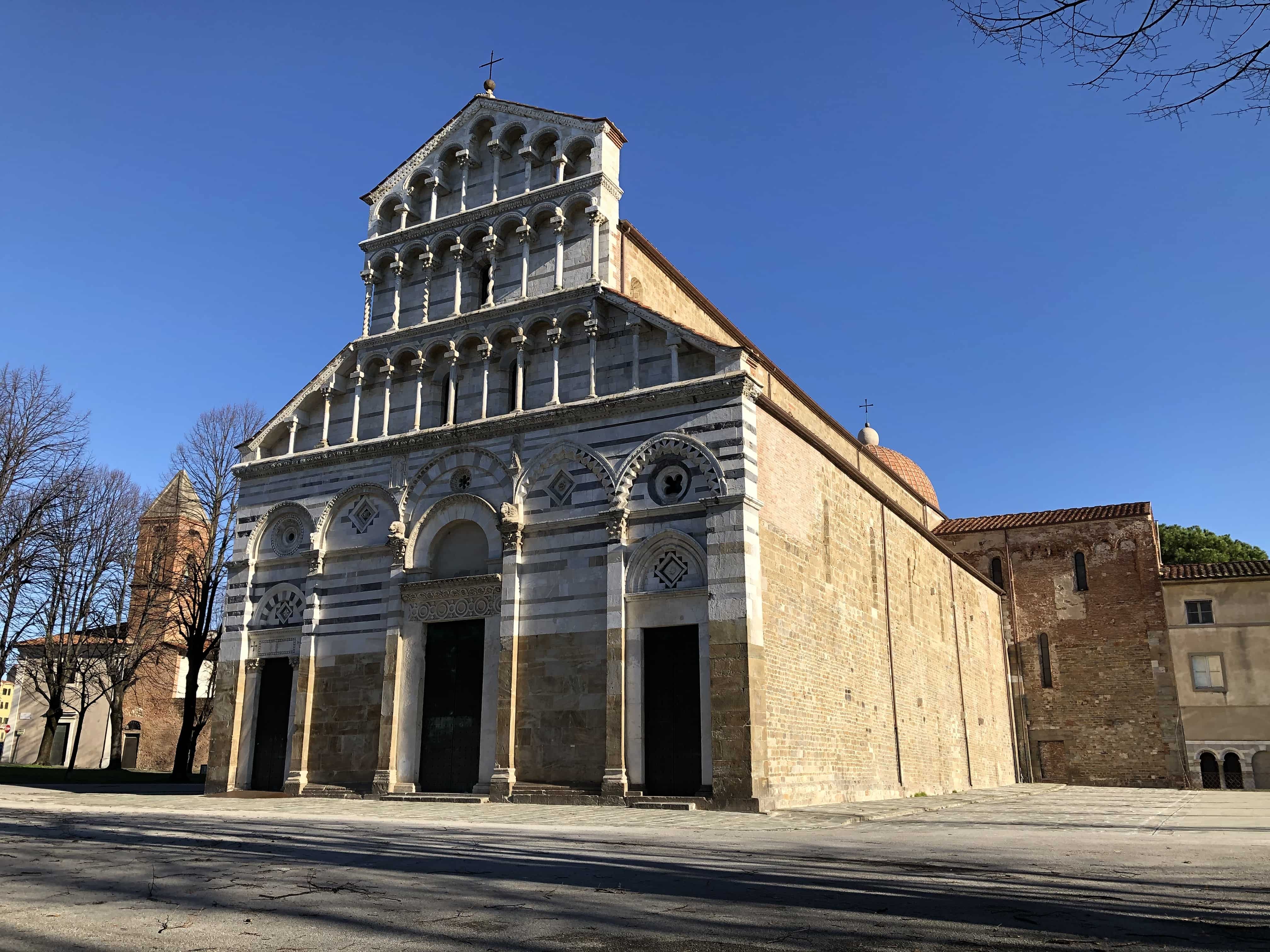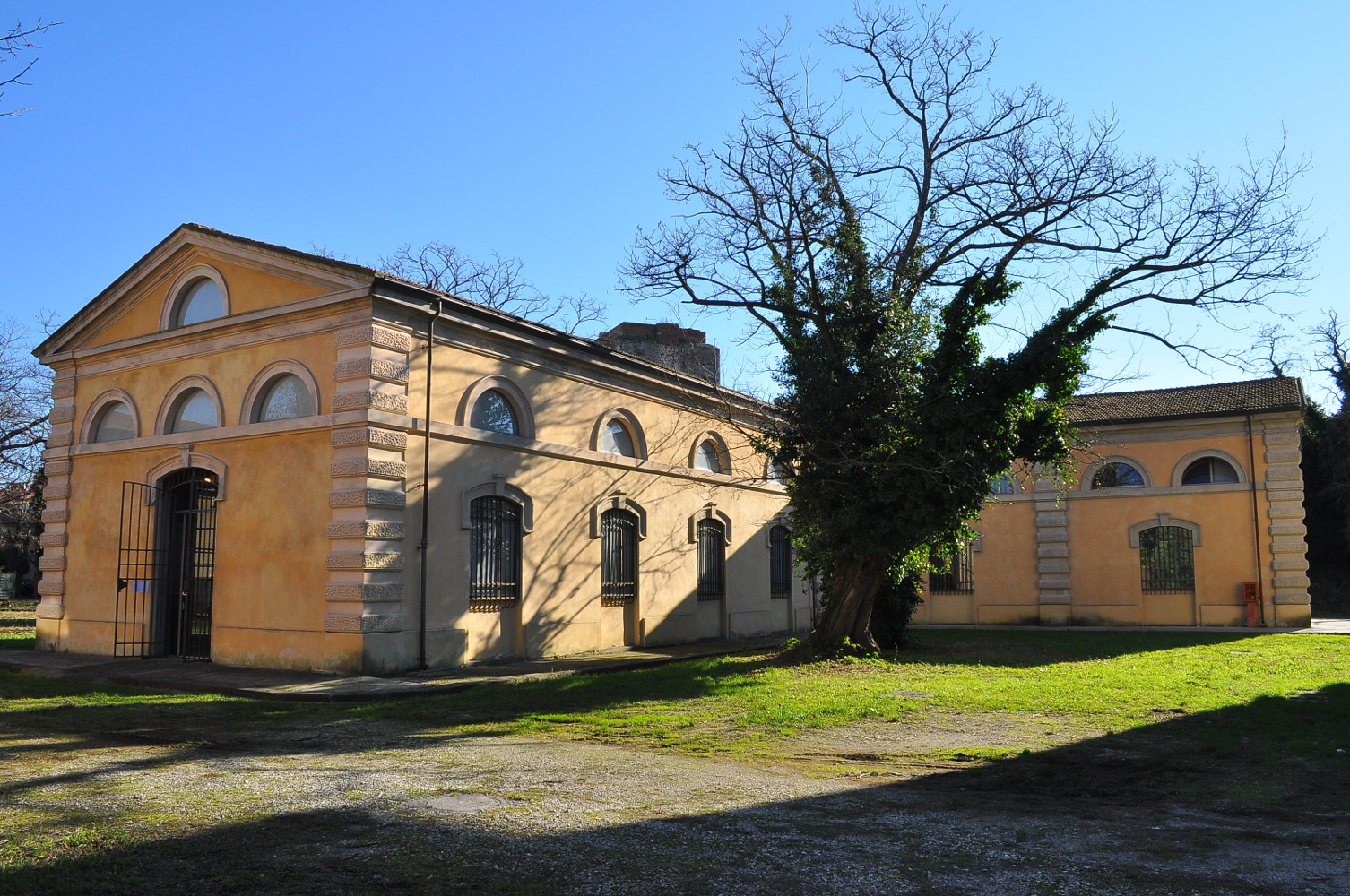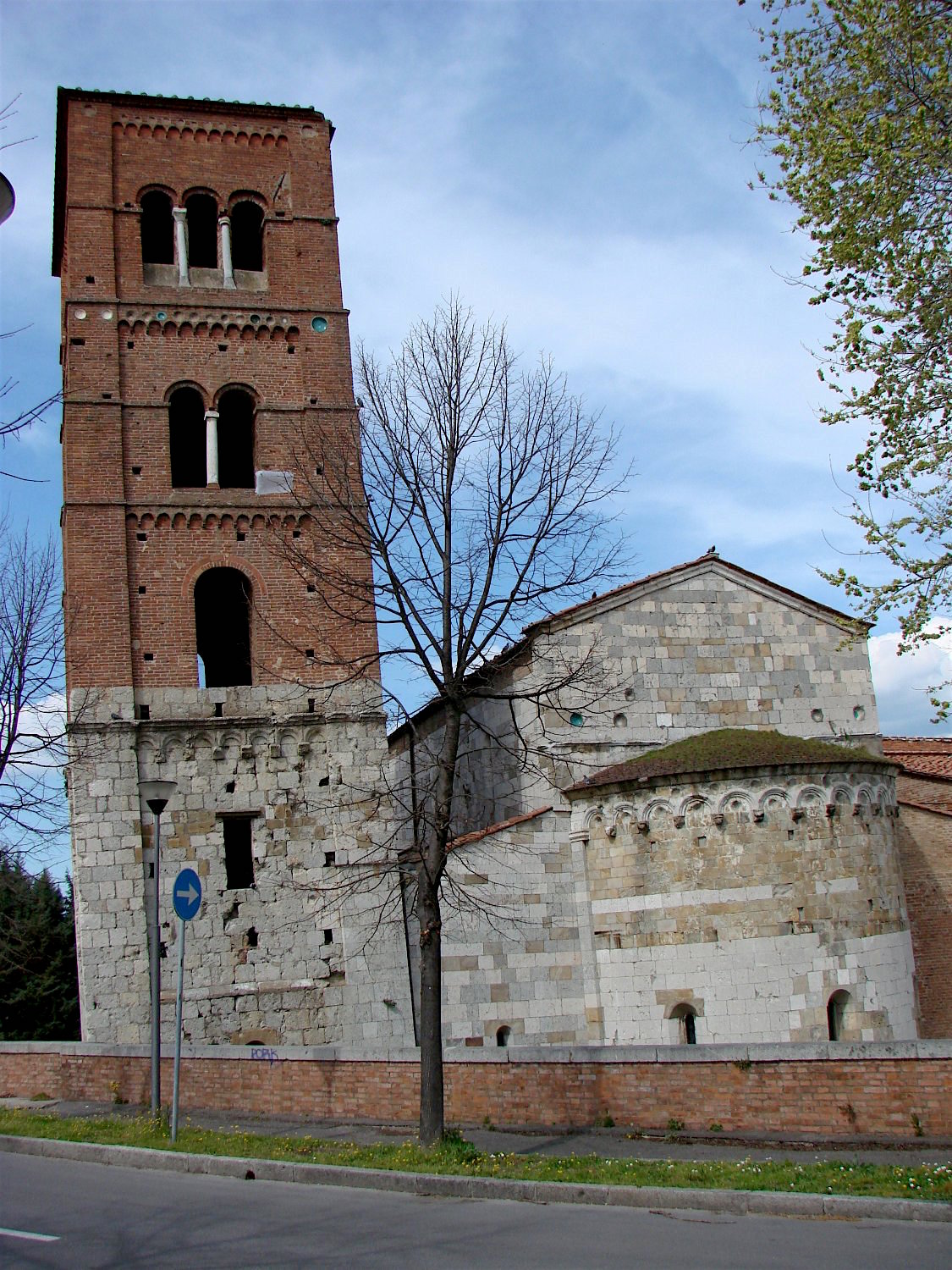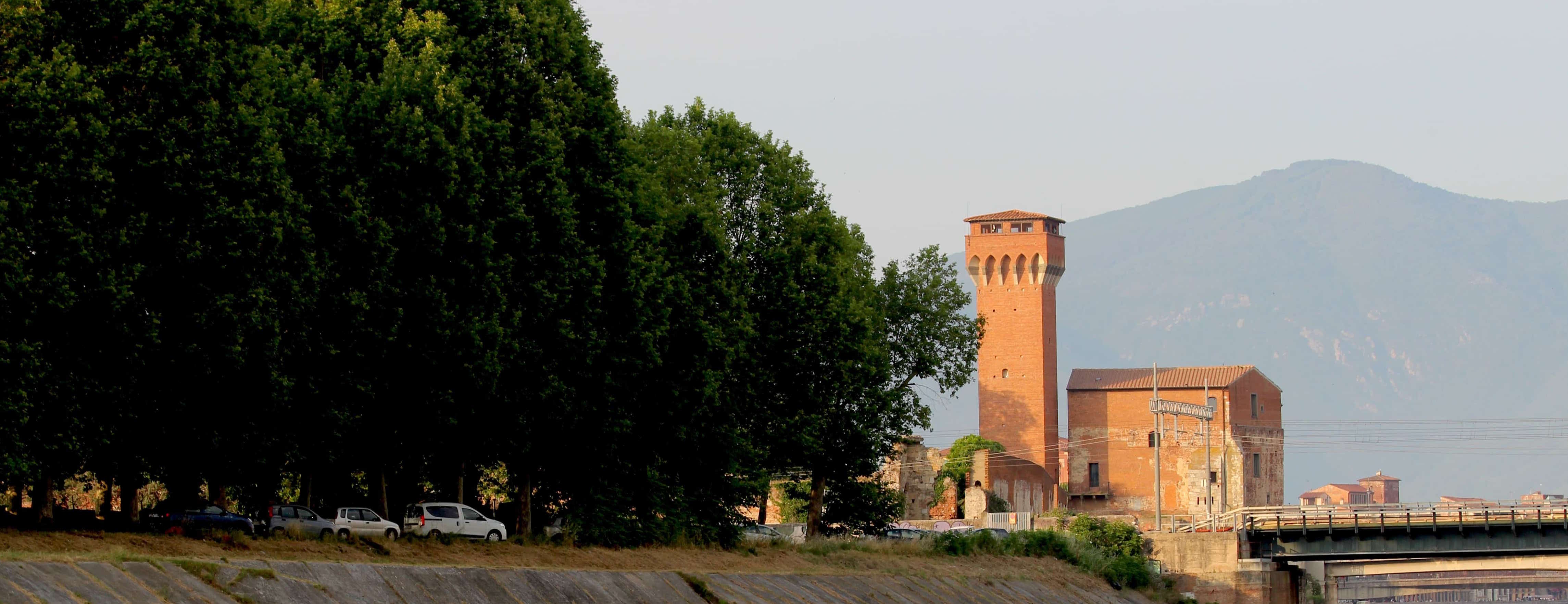Chiesa di San Matteo

The Church and adjoining convent, belonging to Benedictine nuns, were begun in about 1027 and were built on the foundations of a earlier church. During the following century the church was enlarged but was partially demolished in about 1350. Badly damaged by fire in 1607, it was re-structured, shortened and divided into two parts, with one for the nuns separated from the congregation.
In the very early 1700s, the Church was completely restructured and decorated. The most important work was carried out by the Melani brothers who did the frescoed ceiling, with the Glory of St. Mathew, the trompe l’oeil paintings of statues on the inner wall of the facade and the oval paintings beside the main altar, depicting the Death of St. Benedict and the Ecstasy of St. Benedict: after the suppression of the monasteries, S. Matteo became a parish church.
The convent was frequently damaged over the centuries by the Arno flooding, and was particularly devastated during the last war, when the frescoed ceiling of the nun’s church was destroyed. Excavation in 1947 revealed the remains of the apse of the original church, roughly two metres below present ground level. Romanesque architecture can be seen on the outside right wall of the Church and in the belfry. The medieval cloister is visible by entering the Museo di S. Matteo; it was re-styled in the 16th century and today houses some of the museum rooms.
Some of the ancient church furniture is on show elsewhere. A monumental cross with Christus patiens dating from the early 13th century is now displayed in the Museo di S. Matteo. Above the first altar on the left is a 13th century crucifix, but Christ’s head is re-painted.

